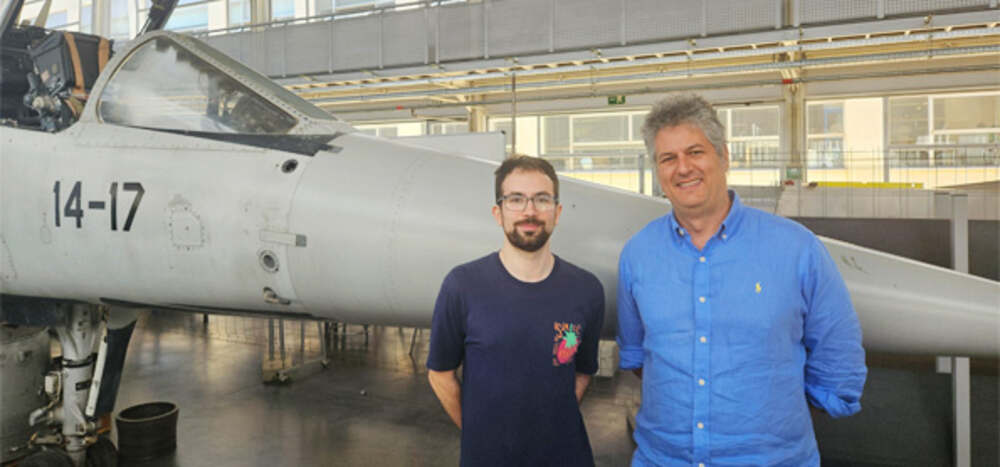THE LATEST
Spanish study shows how AI can help us better understand turbulence

A team of scientists from the Universitat Politècnica de València, led by Ricardo Vinuesa, has developed a new technique to study turbulence. Turbulence is a phenomenon that occurs when fluids, gases, and liquids behave irregularly and chaotically. It is present in many aspects of our daily lives, from the swirling currents of city air to the surging waters of oceans and rivers. Turbulence also contributes to energy dissipation in transportation modes, accounting for up to 15% of annual CO2 emissions.
The team's study marks a departure from traditional methodologies in the field of fluid mechanics and emphasizes the importance of understanding turbulence. Sergio Hoyas, a professor of aerospace engineering at UPV, notes that comprehending turbulence is essential to enhancing prevailing models in various domains. The team utilized artificial intelligence, specifically a neural network, to forecast the movement of turbulent flows. This approach enabled them to understand, rather than merely simulate or predict, turbulence.
The team leveraged a database of approximately one terabyte and used a selective application of the SHAP algorithm to deconstruct the evolution of flows by removing small structures. This process elucidated the consequential impact of these alterations. Experts have praised the method for its ability to extend existing knowledge amassed over four decades without the neural network being privy to any prior information on physics. Additionally, validation through experimental data obtained from the University of Melbourne attests to the real-world applicability of this method, offering a promising trajectory for future investigations into turbulence comprehension.
The study marks a significant achievement in the field of fluid mechanics by ushering in a paradigm shift in understanding turbulence dynamics. The integration of artificial intelligence not only broadens the horizons of turbulence research but also ignites a new era of inquiry into the intricate behaviors of fluid phenomena. This intersection of cutting-edge technology and scholarly pursuit promises to reshape our understanding of the intricate dance of fluids in the natural world.
